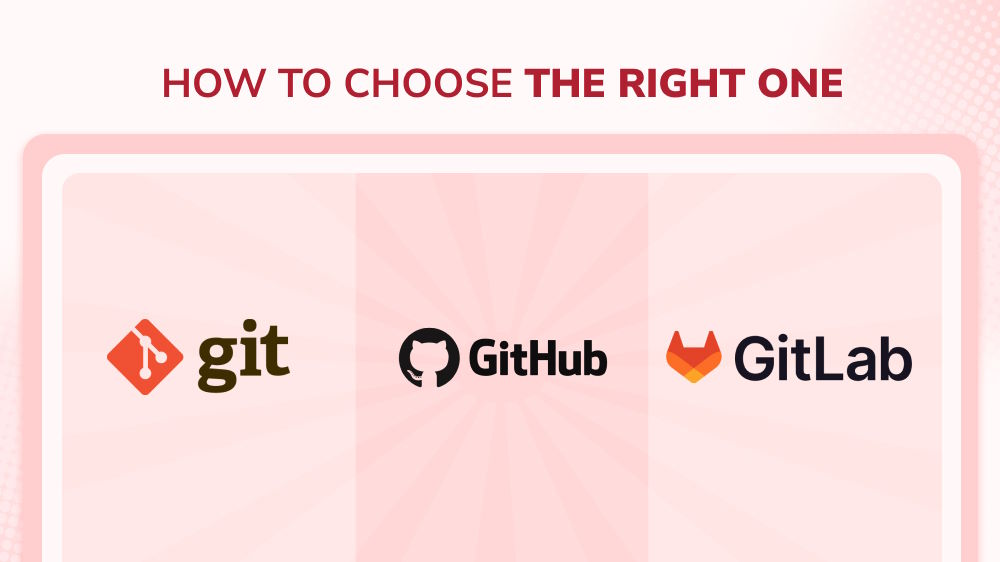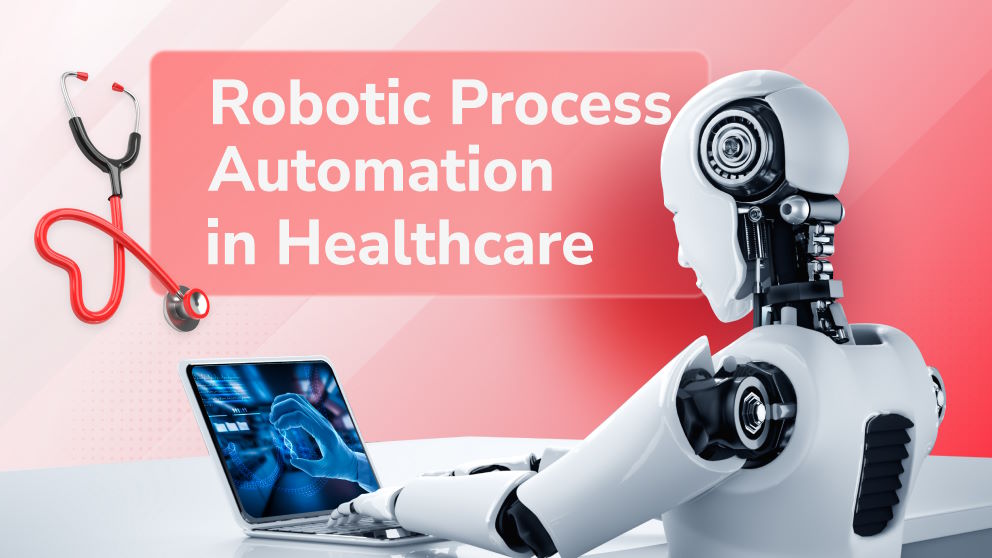Top Cloud Computing Trends Probably Taking Off in 2023 & Beyond

Content Map
More chaptersCloud continues to be one of the top billings in the current tech world, along with artificial intelligence, big data, the Internet of Things, etc. Over the last decade, the business realm has seen cloud computing significantly growing in popularity and advancing at a breakneck speed.
Basically, cloud computing is an emerging technology that enables users – organizations or individuals – to share and store data on secure offsite data centers managed by third-party cloud providers (Some reputable ones are Google Cloud Platform, Microsoft Azure, and Amazon Web Services). In a tangible manner, cloud technology has revolutionized the way we access digital services and has created a more efficient and flexible business landscape. The delivery of cloud computing infrastructure, such as servers, storage, databases, networking, software, analytics, and intelligence, facilitates faster innovations, scalable and flexible access to computing resources, economies of scale, and heaps more benefits.
In the near future, we can expect a series of exciting advances in cloud technology, and many trends will come to light. In this forecast, we will, of course, lead you through the top cloud computing trends. Indeed, you may find a few have already been there for quite some time, but the future will set the light on new trends as well.
Cloud Technology & Cloud Services in the Digital Era
The role of cloud computing in the business setting has been increasing in importance, and cloud readiness has become a critical factor for the success of any business that seeks the journey of digital transformation. As companies seek to transform their infrastructure and streamline operations, they increasingly rely on cloud platforms for their scalability, cost-effectiveness, and agility.
According to stats by Flexera in 2023, 94% of enterprise-level organizations utilize at least one cloud service at a time, and the average rate of cloud usage is 2.2% in mid-size ones and 4.8% in large ones. As such, the term enterprise cloud computing – which means the implementation of cloud technology in a business setting – is getting more familiar. By applying enterprise data centers, businesses are able to leverage the cloud’s scalability and cost-effectiveness to keep their operations running smoothly.
Especially when the whole wide world is interconnected, cloud platforms make it possible for remote working and offshore business operations; cloud computing services are bound to become the backbone of modern business strategy in years ahead.
Cloud Computing Trend? What’s Hot in 2023?

With no sign of slowing down, we have not seen the ultimate edge of cloud computing just yet. It will evolve even more and expand in role in time, requiring careful monitoring and thoughtful implementation. For that reason, cloud adopters need to stay ahead of the competition and understand the latest cloud computing trends in order to make informed decisions about their IT strategies and investments despite their purposes.
Cloud Security and Resilience
As the usage of cloud infrastructure surges, security concerns still remain a top priority, not an emerging trend. While 82% of businesses using cloud technology find management matters the biggest problem, 79% of others consider security as their primary hurdle.
The more data and services companies move to the cloud, the bigger security risks they are exposed to (malicious attacks that could result in compromising sensitive information). That’s why cloud security will become even more crucial; organizations should focus on investing in cloud computing security solutions such as well-defined authentication rules, data encryption protocols, access control policies, and other methods to protect their data from unauthorized access or misuse. Above all, choosing the right cloud provider is also a fundamental step to be mindful of when it comes to cloud security.
In such an uncertain world, it is more important than ever for businesses to build a cloud infrastructure that can withstand interruptions and natural disasters. Cloud resilience will become essential to ensure business continuity in the event of cyber-attacks, power outages, or any other unforeseen events. Therefore, companies need to invest in reliable cloud disaster recovery solutions such as multi-cloud strategies and automated backups to guarantee maximum uptime, scalability, and optimal performance when something goes wrong.
Multi-cloud & Hybrid Cloud Solutions
Growing popular in the business realm, hybrid cloud, and multi-cloud solutions are getting more attention now as well as in the future. They have already become popular among enterprises of all sizes and are especially beneficial for those that run complex, distributed workloads and need an optimal balance between scalability, cost efficiency, and performance.
The multi-cloud strategy enables organizations to use solutions (public and private clouds) provided by cloud service providers and combine them in one platform. Thanks to multi-cloud infrastructure, IT teams quickly deploy and manage applications on multiple clouds, which is great news for businesses that want to gain maximum flexibility and scalability. Moreover, when businesses incorporate multi-cloud solutions into their IT strategy, they can pick and choose the most cost-effective cloud services and manage them from a single platform without concerns about vendor lock-in or overspending.
Meanwhile, the hybrid model blends traditional on-premise data centers with public cloud components, dividing the workload and applications between them. Given its flexibility – being able to store some resources on-premises while keeping part of them in the cloud – many businesses have opted for a hybrid approach when it comes to cloud adoption. Hybrid clouds are suitable for businesses that have a lot of legacy systems and need to keep sensitive data or applications within their own servers while still getting the benefits of public cloud services. Besides, hybrid clouds eliminate the need for extra space or resources to keep all data in one platform and eventually reduce costs.
Otherwise, some disagree with this forecast as they think omni-cloud will actually emerge as the new successor in the near future. This indication is not proofless as more and more large companies tend to break away from the monopolization of cloud companies for their data and applications. They prefer to use multiple clouds and thereby create an omni-cloud architecture where different tasks are divided between multiple services depending on availability, cost efficiency, or other criteria.
Edge Computing & IoT
The Internet of Things (IoT) devices are getting popular and, at the same time, smarter and connected with each other more than ever before; they are designed to store and process data closer to its source – something that can be done by edge computing. This emerging technology allows businesses to deploy lightweight applications at the edge of their networks, therefore decreasing network latency and providing real-time insights into customer behaviors as well as resource optimization. As such, we expect that edge computing will see an increasing reliance in the years ahead, along with the boom of IoT.
Serverless Computing & The Rise of Containerization
The concept of serverless computing is relatively new; this technology allows developers to focus on writing and running codes instead of worrying about managing servers or other infrastructure. It simply provides a way for developers to build applications faster, more efficiently, and with less cost than ever before. Meanwhile, containerization – which refers to the process of packaging an application code into its own isolated environment – has been gaining attention in recent years. This method enables teams to develop software reliably across different computing environments quickly and efficiently, allowing them to deploy applications in production more frequently and with greater agility.
The Bond Between AI & Cloud Computing
Obviously, nobody can deny the heat from artificial intelligence and machine learning at the current time. Just look how an AI model – ChatGPT – disrupts the whole wide world. The uses of AI and machine learning technologies have spanned various industries, ranging from software development and data analysis to recruitment, healthcare, education, entertainment and media, etc. With a breakneck pace of growth, it is only a matter of time before they become commonplace in the cloud as well.
The relation is two-way, as cloud computing can help businesses get started with AI and machine learning as well as accelerate their development and deployment. Typically, cloud platforms facilitate access to significant processing power and data bandwidth, allowing businesses to build more powerful and advanced AI models in a fraction of the time. In addition, cloud platforms are also great for AI practitioners to store data as well as share their models.
At the same time, AI technologies and tools can help cloud computing providers offer better, more efficient services at a lower cost. For example, AI-powered analytics tools are able to detect anomalies or malicious activities in real time; this helps companies ensure their systems run smoothly and securely while avoiding any potential security breaches. Additionally, AI can also be used to optimize resource utilization on the cloud platform, which contributes significantly to better performance and cost savings.
Therefore, we have reasons to believe that AI and cloud computing will strengthen their connection over the coming years while helping businesses improve efficiency and drive innovation.
Cloud Gaming & 5G Networks
The rapid growth of the gaming industry has been one of the most significant drivers for the cloud industry over recent years. The demand for cloud-based gaming infrastructure is expected to continue growing in the next couple of years, thanks to the new advancements in 5G networks.
Cloud gaming is an emerging technology allowing gamers to access and play games remotely in the cloud. It eliminates the need for powerful hardware or devices, as all game data can be processed on the provider’s server. This means gamers only need a good internet connection and a compatible controller or device to enjoy their favorite titles.
Thankfully, 5G networks are drastically faster than their predecessors (4G or LTE) and allow more data to be transmitted with less latency. As such, they can provide gamers with smoother and more pleasant experiences while also allowing game developers to create larger-scale games with increased detail. Furthermore, 5G technology helps reduce host server costs, making it cheaper for businesses to build cloud gaming platforms.
Final Words
All things considered, cloud computing is staying strong and growing rapidly. There is no doubt cloud computing technology will keep experiencing changes as tech trends come and go incessantly. New technologies are emerging every day that can provide more secure, reliable, and cost-effective services to businesses. The predictions made above are notable ones in heaps more others, and we cannot tell anything for sure but take one day at a time and see where cloud computing is heading.
Each person may foresee different rises in cloud computing, such as the growing attention to green cloud computing or cloud outsourcing, believed to be the next trendy move. The possibilities are endless, and no matter what happens, it will indeed become an indispensable part of our lives in the near future. With the right cloud service provider and strategy, businesses can scale their operations quickly while saving time and money.
The future is widely opened for cloud computing as far as its potential is concerned. And to stay up-to-date and make the right move toward cloud technology and related trends, businesses can always count on professional advice from cloud experts.
At Orient Software, our team of cloud experts is always ready to help you identify, plan, and execute the perfect cloud strategy for your business. Contact us today if you need assistance in navigating the cloud computing space. We look forward to hearing from you.







